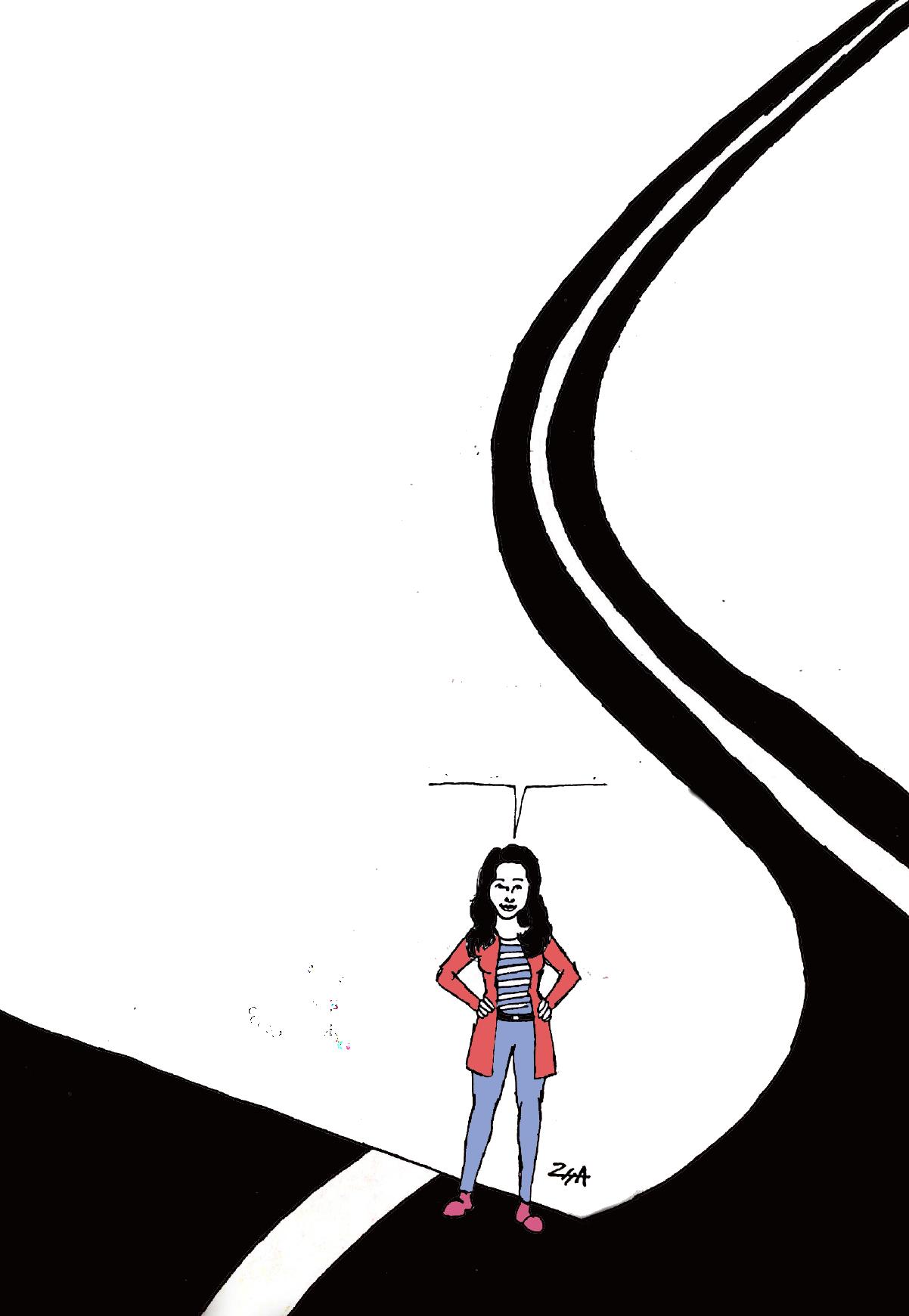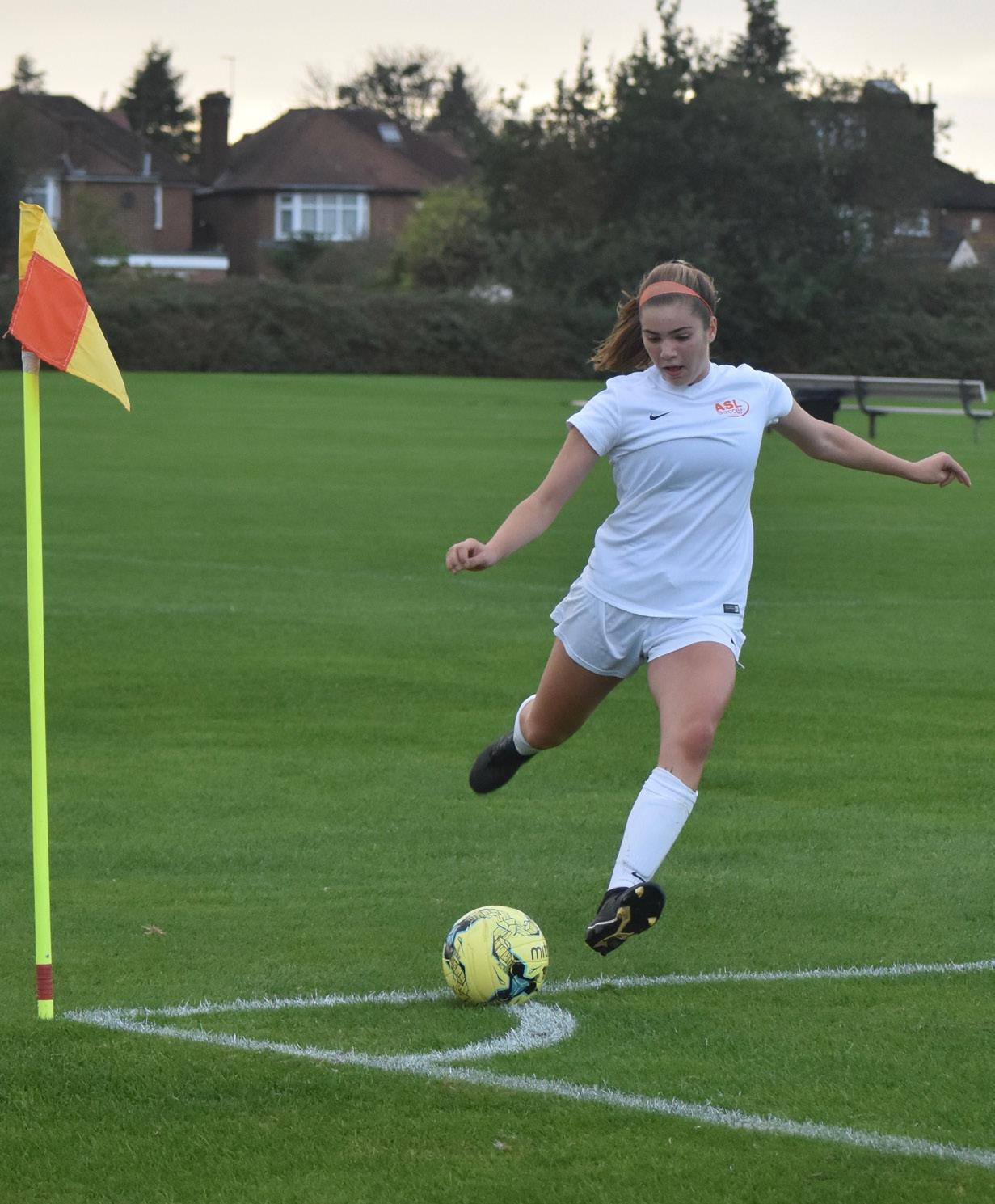‘Never Have I Ever’ paves new path for representation Netflix’s show about an Indian-American teenager portrays South-Asians in a new and refreshing way, normalizing their culture and traditions. Zainab Adil | Culture Editor: Print REVIEW
W
hen I first saw the new Netflix show “Never Have I Ever”, which was released on April 27, pop up on my Netflix home screen and on social media, I questioned the accuracy of its racial representation. Would this show feature another awkward nerdy Indian-American character with strict parents and an exaggerated accent, or would it finally give South-Asians the representation they deserve? I was sceptical about its portrayal of South-Asians, an ethnic group which has rarely been presented re-
to the fact that the villains were part of a cult who worshipped the Hindu goddess Kali, the movie’s portrayal of India and Hinduism was racist and alienated the country’s cultures. Another more recent example of Hindu-Indian representation is Ravi from Disney’s TV show “Jessie,” a young boy who was adopted from India by an American couple. I distinctly remember how in one episode of the show, Ravi is nearly crushed by falling furniture, and when his family members later call out to him to see if he’s okay, his reply is, “Gods? Is that you?”. Subsequently, a laugh track is played. Though the joke is not entirely
“
Instead of cutting and pasting stereotypes which are already well-known to the vast American public, the show provides insight into parts of South-Asian culture which aren’t as reported. alistically in Western media. To my pleasant surprise, this show is anything but a montage of overused stereotypes, and instead it has created a new way of representing South-Asians in a healthy and more realistic way. The main character of the show is Devi Vishwakumar. She is an IndianAmerican teenager who is entering her sophomore year of high school after having dealt with the death of her father and short-term paralysis of her legs the previous year. The series begins with her praying in front of an altar in her house filled with pictures and statues of Hindu gods and goddesses. What stuck out most to me in this scene was how completely normal and laid-back the show depicted Devi’s praying. In no way was this religious ritual meant to be “exotic” or “weird.” It was simply a normal girl praying before her first day of her sophomore year. While watching the opening scene, I thought about all of the other well-known depictions of Hinduism which have been showcased in Western pop culture throughout the years. Sadly, “Indiana Jones and the Temple of Doom” was the first to pop into my head. The movie centers around archaeologist Indiana Jones “saving” a small Hindu village in India by bringing back sacred stones which had been stolen from them. From the way the Hindu villagers were shown as helpless and starving,
May/June 2020
based on the fact that Hinduism has multiple gods, Ravi’s foreign culture is definitely still intended to be a source of laughter in this instance. However, the portrayal of both Hinduism and South-Asian culture in “Never Have I Ever” was completely new and refreshing, especially for someone like myself who identifies as South-Asian. Instead of using Devi’s culture as the butt of a joke or a tool to make the show more “exotic,” “Never Have I Ever” normalizes South-Asian cultures and religions by portraying them in a subtle and unbiased way. This casual yet powerful form of representation continues throughout the episodes of the first season. For example, the show shares a number of small insights and quirks about South-Asian culture, which not only inform and educate nonSouth-Asian audiences, but are also bound to make South-Asian viewers laugh and relate the show to their own lives. Unlike many other shows featuring South-Asians, these jokes and quirks are not created for the sole purpose of making fun of Indian culture and providing non-South-Asian viewers with some comedy. Instead, they grant South-Asian viewers a chance to see themselves and their own families portrayed in the show. One of these small quirks of Indian culture was the portrayal of “aunty” culture in the show. In the words of the narrator, “aunties” are “older Indian women who have no
blood relationship to you but are allowed to have opinions about your life and all your shortcomings. And you have to be nice to them because you’re Indian.” Almost any South-Asian can relate to this aspect of culture, which is what sets “Never Have I Ever” apart from so many other shows and movies that have come before it. Instead of cutting and pasting stereotypes which are already wellknown to the vast American public, the show provides insight into parts of South-Asian culture which aren’t as reported on and instead gives the opportunity for South-Asian viewers to relate to the show, which is a rarity for many of us. Furthermore, as the show centers around an Indian teenager who has lived in the U.S. her entire life, the series makes sure to highlight the fact that Devi identifies with American culture as well, and often feels alienated by the heritage and culture of her family. For example, while wearing a sari, Devi says “I don’t really feel at home right now in my choice of clothing.” On top of providing insights about Indian culture, the show makes sure to also depict Devi’s struggles with being both Indian and American, a unique challenge which applies to many South-Asians who have grown up abroad. I can definitely relate to Devi’s struggles regarding her sometimes conflicting identities. Even though I am very proud of being South-Asian and love visiting Pakistan, it can be tough to find a balance between being both Paksitani and being British. I often feel out of place in both Pakistan and Britain, as I identify with pieces of both cultures. However, having this challenge portrayed in a Netflix show like “Never Have I Ever” assures me and other South-Asian viewers who have similar struggles that their feelings are valid and normal. Moreover, the plot of the show is fairly cliché, as it follows similar
plots from other recent teen movies and shows. After facing the trauma of her freshman year, Devi wants to improve her social status at school by losing her virginity to the most popular boy at school. For this reason, many argue that the show is not as revolutionary and powerful. However, the fact that the series incorporates a subtle and progressive method of representation in a plot that is cliché and fairly ordinary in the world of teen entertainment makes the show even more amazing. By featuring a South-Asian main character and portraying Indian culture in a show with a familiar plot, “Never Have I Ever” revolutionizes the way in which SouthAsians are portrayed in Western media.
ILLUSTRATION BY ZAINAB SHAFQAT ADIL
Culture 17



